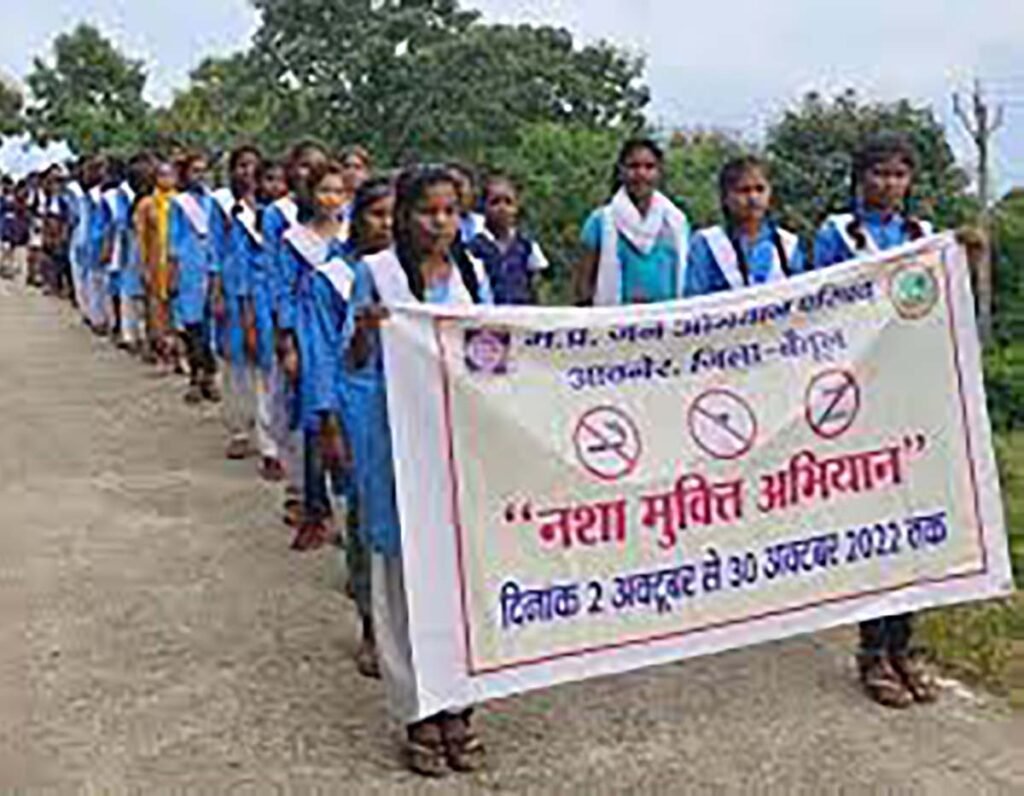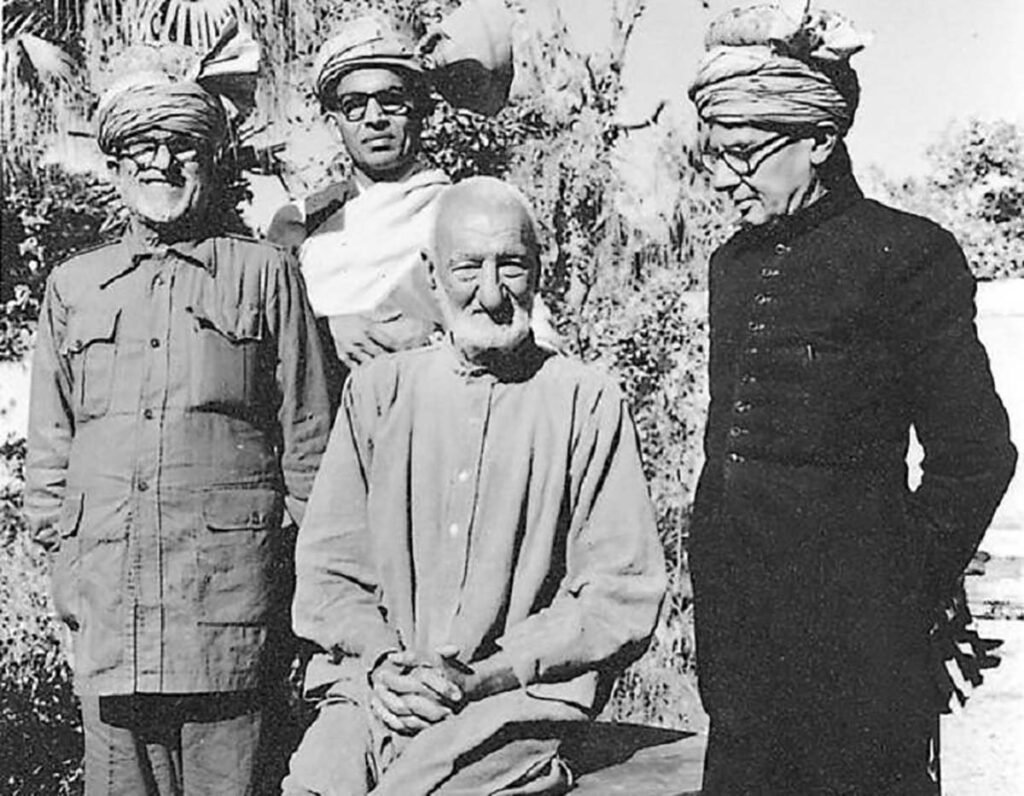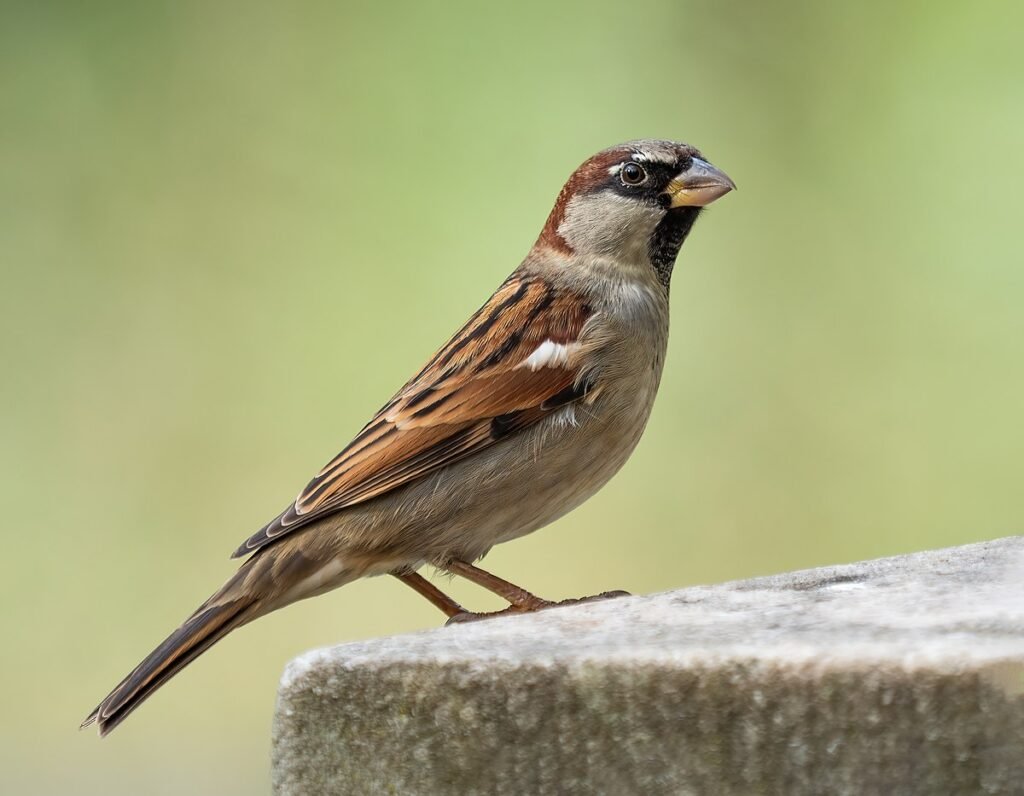Bihar Board Dummy Admit Card 2024-25 : (BSEB 10th, 12th 2nd Dummy Admit Card 2025)
Bihar Board Dummy Admit Card 2024-25: Bihar School Examination Board (BSEB) has Released the Dummy Admit Card for Annual Exam 2025. Those Students Who are Studying in Intermediate Class and They are Going to Appear in the Bihar Board 10th & 12th Exam 2025 Then They can Download the Dummy Admit Card. BSEB Dummy Admit Card If you want to get all the updates of Bihar School Examination Board (BSEB) Vacancy then you should visit on BiharJobPortal.com regularly. Here, you will be getting all the updates of Job, Exam Date, Admit Card, Result, Admission, Scholarship & Yojana Bihar Board Dummy Admit Card 2024-25 Article Bihar Board 10th, 12th Dummy Admit Card Category Admit Card School Bihar School Examination Board (BSEB) Class Metric, Intermediate Class (10th, 12th) Dummy Admit Card Status Available Admit Card download mode Online or Offline Official Website biharboardonline.com What is Dummy Admit Card ? डमी एडमिट कार्ड बिहार बोर्ड द्वारा फाइनल एडमिट कार्ड जारी करने से पहले जारी किया जाता है जिसका मुख्य कारण होता है की अगर किसी विद्यार्थी की कोई जानकारी डमी एडमिट कार्ड में गलत पाया जाता है तो उसमे बदलाव किया जा सकता है लेकिन फाइनल एडमिट कार्ड जारी होने के बाद, कोई भी विद्यार्थी किसी भी जानकारी में बदलाव नहीं करा सकता है | डमी एडमिट कार्ड में किसी भी तरह की त्रुटि पाये जाने पर विद्यार्थी अपने स्कूल या कॉलेज में जाकर उस त्रुटि को ठीक करवा सकते है इसलिए प्रत्येक विद्यार्थी को अपना डमी एडमिट कार्ड अवश्य डाउनलोड करना चाहिए ताकि भविष्य में उनको किसी तरह की कोई समस्या का सामना न करना पड़े | डमी एडमिट कार्ड बिहार बोर्ड द्वारा फाइनल एडमिट कार्ड जारी करने से पहले जारी किया जाता है जिसका मुख्य कारण होता है की अगर किसी विद्यार्थी की कोई जानकारी डमी एडमिट कार्ड में गलत पाया जाता है तो उसमे बदलाव किया जा सकता है लेकिन फाइनल एडमिट कार्ड जारी होने के बाद, कोई भी विद्यार्थी किसी भी जानकारी में बदलाव नहीं करा सकता है | डमी एडमिट कार्ड में किसी भी तरह की त्रुटि पाये जाने पर विद्यार्थी अपने स्कूल या कॉलेज में जाकर उस त्रुटि को ठीक करवा सकते है इसलिए प्रत्येक विद्यार्थी को अपना डमी एडमिट कार्ड अवश्य डाउनलोड करना चाहिए ताकि भविष्य में उनको किसी तरह की कोई समस्या का सामना न करना पड़े | How to Download Online Bihar Board Dummy Admit Card If you want to download BSEB 10th & 12th Dummy Admit Card 2024 then you should follow few steps which are given below – Important Date BSEB 10th Dummy Admit Card Download Date 06.12.2024 to 12.12.2024 BSEB 12th Dummy Admit Card Download Date 06.12.2024 to 12.12.2024 Dummy Admit Card for Exam, 2025
Bihar Board Dummy Admit Card 2024-25 : (BSEB 10th, 12th 2nd Dummy Admit Card 2025) Read More »







